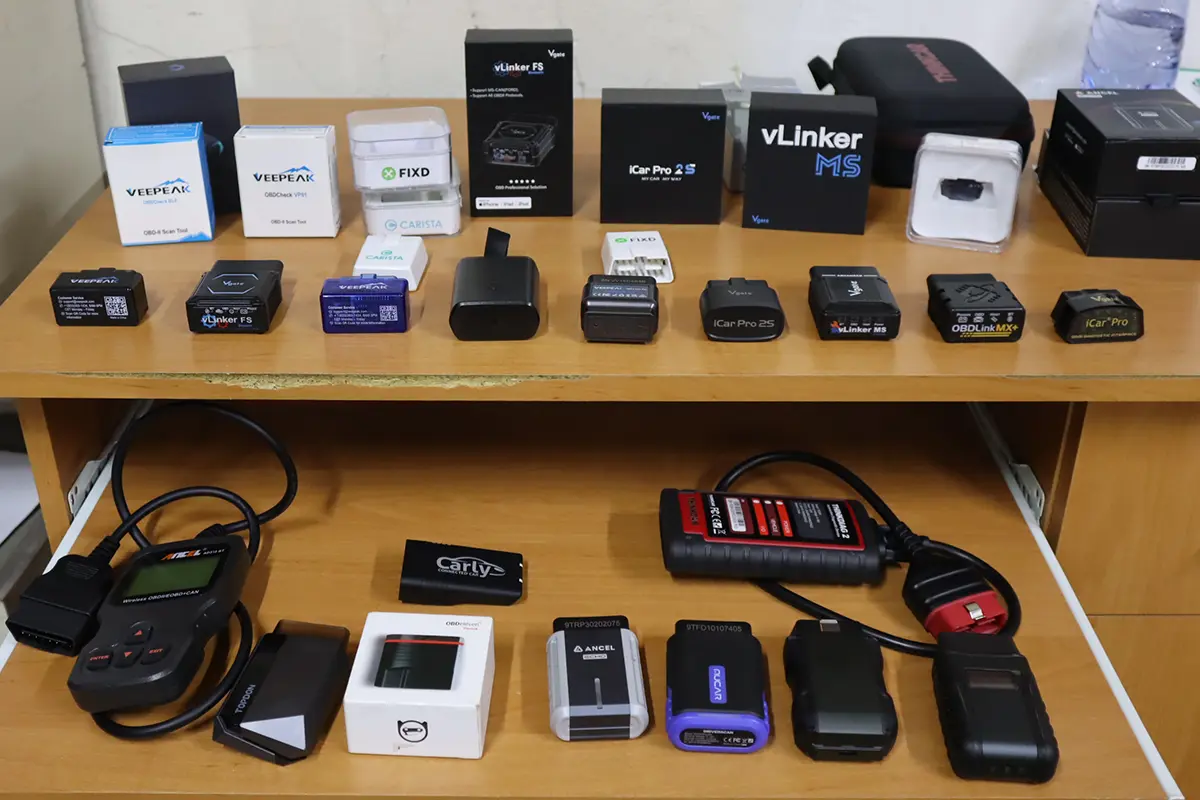The P250B: Engine Oil Level Sensor Circuit Range/Performance refers to a problem related to the performance or the range of the engine oil level sensor circuit. This may be due to an issue with the sensor’s ability to accurately measure the oil level, a faulty sensor, or problems with the wiring and connectors associated with the sensor. Such issues can impact the ability of the vehicle to monitor engine oil levels effectively, potentially putting the engine at risk.
P250B – Quick Overview
| Code | Information |
|---|---|
| Meaning | P250B: Engine Oil Level Sensor Circuit Range/Performance |
| Is it serious? | Yes, this code can result in improper monitoring of engine oil levels, potentially leading to engine damage if low oil is not detected. |
| Possible causes | – Range or performance issues with the engine oil level sensor circuit – Faulty engine oil level sensor – Wiring or connector problems |
| How to diagnose? | – Test the range and performance of the engine oil level sensor circuit – Inspect the sensor and circuit – Check wiring and connectors – Replace faulty components if needed |
Code Meaning
The P250B: Engine Oil Level Sensor Circuit Range/Performance code indicates a problem in the ability of the engine oil level sensor to operate within the expected range or performance parameters. This means the sensor may not be accurately reading the oil level, leading to incorrect data being sent to the vehicle’s computer system. This issue is critical because it affects the vehicle’s capability to detect and alert for low engine oil, which is essential for engine safety.
Step-by-step diagnostic guide
| Action | Description | Tools Needed |
|---|---|---|
| Check for Other Codes | Use an OBD-II scanner to check if there are any additional related codes. Multiple codes may provide more clues about the issue. | OBD-II Scanner |
| Test Range and Performance of Sensor Circuit | Use a diagnostic tool to evaluate the performance of the engine oil level sensor circuit. Compare the readings to the manufacturer’s specifications to determine if the sensor is functioning within the correct range. | Multimeter, Diagnostic Tool |
| Inspect the Sensor and Circuit | Visually inspect the oil level sensor and its circuit for any visible damage, wear, or improper connections. Ensure there are no obstructions affecting the sensor’s operation. | Flashlight, Safety Gloves |
| Check Wiring and Connectors | Inspect the wiring and connectors connected to the sensor for corrosion, damage, or loose connections. Faulty connections can lead to incorrect readings or performance issues. | Flashlight, Multimeter |
| Replace Faulty Components | If any components, such as the oil level sensor or wiring, are found to be defective, replace them. Use proper replacement parts to avoid recurrence of the issue. | Replacement Parts, Vehicle Owner’s Manual |
| Clear the Code and Test Drive | After repairs, clear the P250B code using an OBD-II scanner and conduct a test drive to verify if the issue is resolved. Observe the oil level sensor performance during the drive. | OBD-II Scanner, Vehicle Owner’s Manual |
| Recheck for Codes | Re-scan the vehicle after the test drive to ensure the P250B code has not returned. If the code reappears, further investigation may be required. | OBD-II Scanner |

OBD-II scanner Buyer’s Guide
- Scanner features explained
- Different types of scanners
- Scanners for coding/odometer/ECU/checks
- Best picks + discount codes
I test OBD-II scanners and make DIY Engine diagnostics guides to help you solve your car problems without having to depend on the mechanic. A lot of them will try to scam you or are just no help at all. About Juraj Lukacko